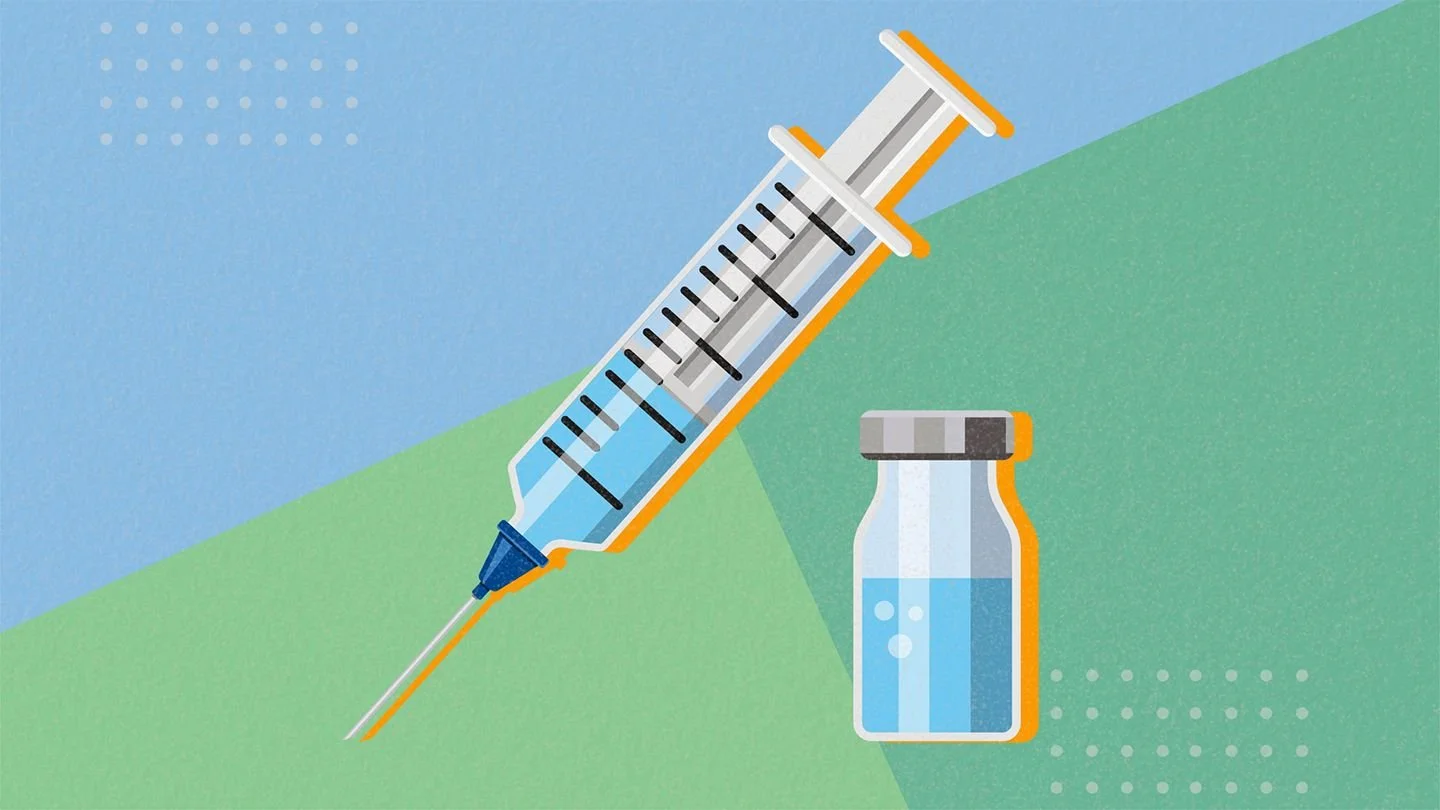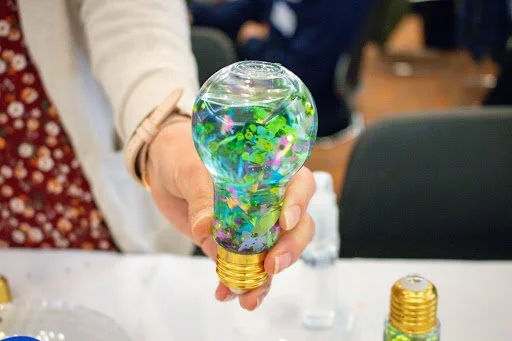Race to the Moon
The space program of the 1960s was born out of the ambition and curiosity of humans to see what lay beyond the realm of Earth. Advances in missile research from the 1930s and 1940s propelled humans' desire and capability to travel beyond Earth’s atmosphere.1 World tension and the desire to be the first and the best drove several countries to explore outer space. This fierce competition, specifically between the United States and the Soviet Union, in the late 50s through the 60s helped shape the history of the Space Program within the United States. President John F. Kennedy himself said on May 25th, 1961, “I believe that this nation should commit itself to achieving the goal, before the decade is out, of landing a man on the moon and returning him safely to Earth.”1 During this time, scientists, mathematicians, engineers, and dreamers accomplished many amazing goals, such as landing on the moon!
You may recognize the name “Apollo Program” as the name of the project focused on landing a man on the moon. However, two other projects helped set the stage for the Apollo program’s success. Project Mercury led the way. The first goals were to orbit a human spacecraft around the Earth, investigate how humans could function in space, and manage the recovery of the humans and spacecraft that were sent into space. There were several different missions within Project Mercury that each focused on accomplishing these goals. This program introduced the very first astronaut class known as the “Original Seven”. These astronauts include famous names such as John Glenn, Alan Shephard, and Gus Grissom, as well as Wally Schirra, Deke Slayton, Scott Carpenter, and Gordon Cooper.2 On May 5th, 1961 Alan Shepard became the first American in space on the Freedom 7 mission, which lasted 15 minutes, 28 seconds.3 The Mercury missions also saw the first U.S. astronaut to orbit Earth when John Glenn accomplished this aboard Friendship 7 Mercury spacecraft on February 20th, 1962.2
Project Mercury ran until 1963, when it was replaced by the Gemini Program. This new program was specifically created to prepare equipment, mission procedures, and train astronauts for the Apollo missions to the moon. The Gemini Program had four main goals: “to test an astronaut’s ability to fly long-duration missions, to understand how spacecraft could dock in orbit around Earth and the moon, to perfect re-entry and landing methods, and to further understand the effects of longer space flights on astronauts.”2 Between March 1965 and November 1966 there were ten Gemini missions, each with a two-man crew who accomplished amazing new feats in space. Notable among these is the first American to “let go” outside of the spacecraft, Edward H. White II, who spent 23 minutes moving around the Gemini IV spacecraft attached only by the umbilical line.4
The Apollo Program was the final chapter in the United States’ goal of landing humans on the moon. Tragedy struck Apollo 1 when on January 27th, 1967 a fire took hold of the Apollo 1 command module and astronauts Gus Grissom, Ed White, and Roger Chafee lost their lives. This tragedy led to advancements in fireproof materials and more safety measures in the Apollo Program to prevent any further similar losses. The Apollo missions had several successes that followed, including the first live television broadcast from a human U. S. spacecraft with Apollo 7. The largest and most recognizable success of this program was landing the first man on the moon on July 20th, 1969. Neil Armstrong took the first human steps on the moon with his famous words, “One small step for man, one giant leap for mankind.” (NASA)
The knowledge and expertise that was gained during this age of space exploration was not only limited to the advancements and discoveries in space flight and what lies on the moon. There were several technologies and gadgets that were invented to solve space related problems that have been used here on Earth too. The Dustbuster, better known as a handheld vacuum, was invented to help astronauts collect moon dust easily from the surface of the moon.5 Here on Earth many people have benefitted from this technology to pick up unwanted dirt and dust around their homes. Freeze-dried food was invented to provide nutrition to astronauts on their long-term missions in space. The compression material used in some brands of athletic footwear originated from the research done to design astronauts' “moon boots” with the right material for walking on the moon.6 When many different people and ideas come together it is amazing what can be accomplished.
One of the most fascinating aspects about all these amazing accomplishments is the astonishing number of people who quietly worked behind the scenes to make them possible. We often hear the names Neil Armstrong, Alan Shepard, and John Glenn spoken when these events are discussed, as we should, because they were an incredible part of the history. However, it is interesting to look at just a small fraction of the people who were next to them the whole way, making these missions successful. Katherine Johnson has recently received some well-deserved recognition for her work as a mathematician, or “human computer”, for NASA. She calculated launch trajectories, or the path the launch would take, along with return paths for the safe return of astronauts to Earth. She was responsible for calculations of Alan Shepard’s first flight into space in 1961 as well as the calculations for the Apollo 11 path to the moon.7 You could say that she was the brain behind two of the biggest space operations of the space race. Another noteworthy person is Mary Jackson, a mathematician, and aerospace engineer who worked at the Langley Research Center in Virginia. She was NASA’s first Black female engineer in 1958 and she helped with the success of the U.S. space program. JoAnn Morgan was the only female engineer in the control room during liftoff for the Apollo 11 mission and was the instrumentation controller. Eleanor Foraker was responsible for hand-sewing the spacesuits for the Apollo 11 crew. She worked tirelessly - in fact, she worked 80-hour work weeks for 3 years straight to contribute to the success of the Apollo missions by creating the essential spacesuits the astronauts needed.8 These are only a handful of the thousands of people that were behind the scenes, quietly helping to make history. The path of the space program has involved many nations coming together to work on the International Space Station (ISS). The future of the space program will involve the collection of knowledge and work of many researchers to hopefully see humankind reaching Mars.
Other Resources
Podcast about the Apollo 11 mission
NASA About Project Mercury
NASA Gemini Program
NASA The Apollo Missions
References:
A Brief History of Space Exploration | The Aerospace Corporation. (n.d.). Aerospace Corporation. Retrieved July 21, 2021, from https://aerospace.org/article/brief-history-space-exploration
NASA: 60 Years & Counting - Human Spaceflight. NASA. Retrieved July 21, 2021, from https://www.nasa.gov/specials/60counting/spaceflight.html12 lesser-known facts about the Apollo 11 mission. (n.d.). The World from PRX. Retrieved July 21, 2021, from https://www.pri.org/stories/2019-07-16/12-lesser-known-facts-about-apollo-11-mission
Redd, N. T. (n.d.). NASA: 60 Years of Space Exploration. Space.Com. Retrieved July 21, 2021, from https://www.space.com/38700-nasa-history.html
NASA. Gemini: Bridge to the Moon. Gemini: Bridge to the Moon. Retrieved July 21, 2021, from http://www.nasa.gov/externalflash/gemini_gallery/index.html
Seven inventions from the Apollo space program we still use today. (n.d.). Retrieved July 21, 2021, from https://nypost.com/2019/07/08/seven-inventions-from-the-apollo-space-program-we-still-use-today/
Space Spinoffs: The Technology To Reach The Moon Was Put To Use Back On Earth. (n.d.). NPR.Org. Retrieved July 21, 2021, from https://www.npr.org/2019/07/20/742379987/space-spinoffs-the-technology-to-reach-the-moon-was-put-to-use-back-on-earth
The World from PRX. “12 Lesser-Known Facts about the Apollo 11 Mission.” Accessed July 21, 2021. https://www.pri.org/stories/2019-07-16/12-lesser-known-facts-about-apollo-11-mission.
Hern, D. & ez. (2019, July 24). Lesser-Known Players Who Made the Moon Landing Possible. Popular Mechanics. https://www.popularmechanics.com/space/g28421821/moon-landing-heroes/
Society, N. G. (2020, January 24). The History of Space Exploration. National Geographic Society. http://www.nationalgeographic.org/article/history-space-exploration/

































